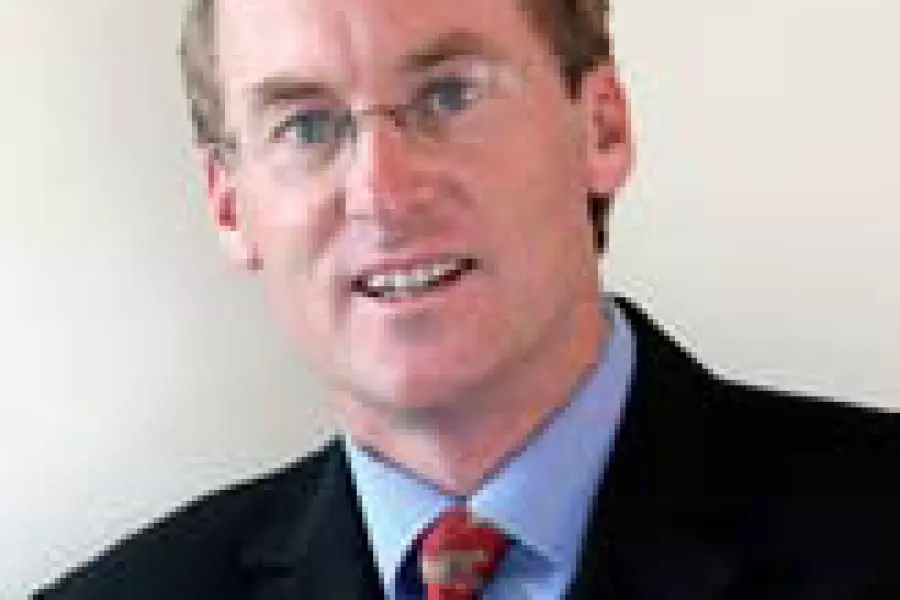News
Tackling meth uncertainty

Thursday 7th of June 2018
Political apologies are flowing thick and fast after last week’s release of the Prime Minister’s Chief Science Advisor, Sir Peter Gluckman’s, report into the health risks of meth contaminated properties.
The report found that exposure to meth residue on surfaces in properties is not a health risk and suggested the revision of the current testing regime and the introduc...
Want to read the full article?
Click the button below to subscribe and will have unlimited access to full article and all other articles on the site.






![[The Wrap] Bye Bye Bayly](https://goodreturns.publit.io/file/c_fill,w_900,h_600/39f23ac1-f7c7-4854-b700-a150004ebbac.webp)


